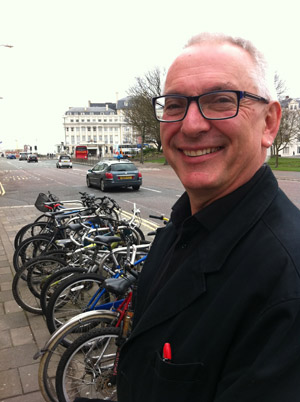More 20mph limits planned for Brighton and Hove
The 20mph rollout in Brighton and Hove is set to continue.
Just days after finalising phase two of the restrictions, Brighton and Hove City Council has confirmed that more residents are to be consulted about extending the limits into their streets.
Phase three of the scheme, which in total is costing £1.5 million, would cover Hangleton, Woodingdean, Ovingdean, Saltdean and Rottingdean.
The local authority maintains any rollout would not see a “blanket ban” with arterial roads excluded.
Lead councillor for transport Ian Davey today (Tuesday March 11) said: “We are already starting to see the benefits of lower limits in central Brighton and Hove with fewer people being hurt on our roads.
“That means people can gradually feel safer on the streets where they live, making neighbourhoods more accessible and pleasant for everyone.
“When consultation takes place later this year I’d urge people to look at the evidence from the many towns and cities with 20mph and the positive evidence we already have here in Brighton and Hove – and support the proposals.”
Widespread restrictions were first introduced on more than 500 city streets in April 2013.
Last week the council agreed to extend the limits in outer lying areas from Portslade in the west to Whitehawk in the east.
The council said early monitoring from phase one in the city centre, started last year, has shown a decrease in traffic speed on 74 per cent of roads.
A local authority spokesman added collisions and casualties were also down.
But not everyone is convinced.
Councillor Mary Mears, who represents Rottingdean and Saltdean on the local authority, said there was some support for the limits in parts of her ward, but not across it.
She said: “Everybody supports it near schools and hospitals as it’s the sensible thing to do.
“But looking at the rest of the city it is not enforced and causes more traffic problems than it solves.
“Why they are doing phase three before properly analysing the first two stages I do not know.”
Depending on the outcome of consultation, phase three could be introduced in 2015.




















